-
Membership
Membership
Anyone with an interest in the history of the built environment is welcome to join the Society of Architectural Historians -
Conferences
Conferences
SAH Annual International Conferences bring members together for scholarly exchange and networking -
Publications
Publications
Through print and digital publications, SAH documents the history of the built environment and disseminates scholarshipLatest Issue:
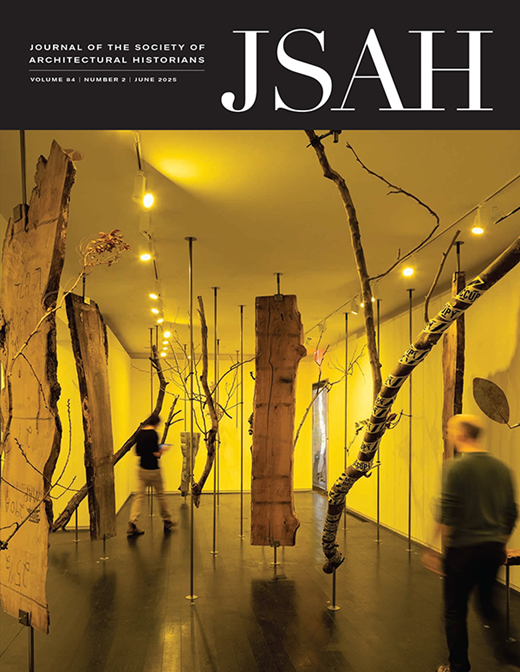
-
Programs
Programs
SAH promotes meaningful engagement with the history of the built environment through its programsMember Programs
-
Jobs & Opportunities
Jobs & Opportunities
SAH provides resources, fellowships, and grants to help further your career and professional life -
Support
Support
We invite you to support the educational mission of SAH by making a gift, becoming a member, or volunteering -
About
About
SAH promotes the study, interpretation, and conservation of the built environment worldwide for the benefit of all
Greater Accra and Cape Coast
I was not ready to leave Ghana. I had not yet visited Kumasi, walked the campus of KNUST, or seen the Asante traditional buildings that survived British destruction in 1874. I truncated my trip due to the pressures of the health epidemic in West Africa (although no cases of Ebola were reported in Ghana), and left a month to the day that I arrived. My purpose was to research architectural heritage and urbanism in Accra, Cape Coast, Kumasi, and (optimistically, if I had enough time) the Northern Region. As I began to meet people around Accra and describe my plans to do first-hand study of architecture in Ghana, I was often countered with the question “Why Ghana?” I address this question in an essay in the forthcoming Ghana Institute of Architects Journal produced by ArchiAfrika. When I talked about the history of architecture in the country I was accused of romanticizing the vernacular tradition that many of my critics considered “backwards,” while highlighting the ugly history of slavery. My task was to paint a picture of more than “mud huts” and “slave castles” (I understand the derogatory nature of the former term, and the dark nature of the latter). I wanted to highlight and emphasize the many lessons to be learned both in the construction and the cultural histories embedded within the structures.
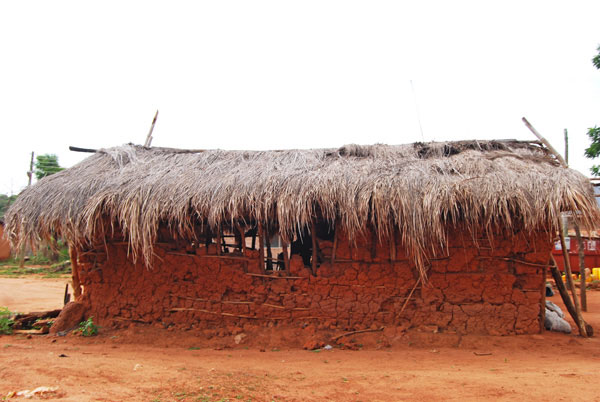
Figure 1. Vernacular wattle-and-daub building near Kpong.
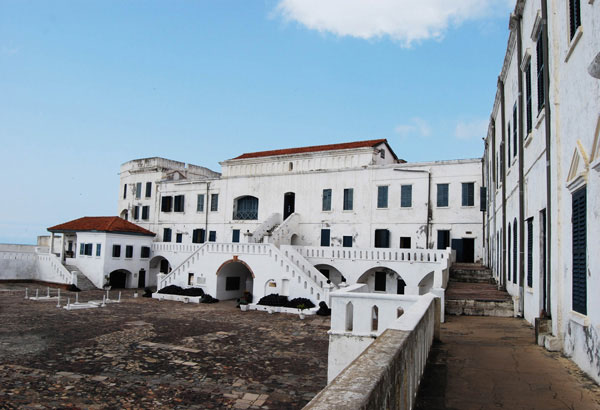
Figure 2. Cape Coast Castle.
Greater Accra
I had the most wonderful fortune in making strong connections in Accra. I reached out to Yale Club of Ghana president Kofi Blankson Ocansey who took the time to meet with me and introduce me to his good friend, architect Joe Osae-Addo. I sat and talked with the two at a trendy gelato shop, Ci Gusta, in the Airport Residential neighborhood of Accra. The scene was indicative of the bustling and chic nature of Accra’s nightlife, with countless groups of people filing in and out of the shop.
The Yale alumni connection to Ghana had been growing over the last few years.1 In 2012 and 2013 the Yale Alumni Service Corps hosted a trip to the village of Yamoransa in Central Ghana near Cape Coast. In 2013 the Yale Club of Ghana, in cooperation with the Association of Yale Alumni and the Yale Black Alumni Association, held the conference “From Success to Significance: Thought Leaders in the African Renaissance.” Finally, in 2014 the Ghana club launched the Yale Green Ghana Campaign. All of these exciting endeavors meant that I would have ready access to a network of leaders in the country who are interested in social responsibility and social entrepreneurship, environmental issues, economics, history, culture, and how all of these topics relate to Ghana’s future.
Architect Joe Osae-Addo introduced me to contacts with whom to discuss architectural history and current trends in Ghana, including former mayor and architectural historian Nat Nuno-Amarteifio. I joined Amarteifio and representatives of the DOEN Foundation for a tour of Accra one bright Ghana morning. Amarteifio narrated a succinct history of the greater metropolitan area before we left his office. I understood why people refer to him as “Uncle Nat.” His narrative was spoken in the proverbial manner of a wise elder. His story started with the settlement of the Ga people in what is today Accra. The settlement location was ideally central in a trade route that stretched from Mauritania and Senegal in the west to Nigeria and Cameroon in the east then north passing through the Asante kingdom and all the way up to Morocco. This trade, along with fishing, is how Accra flourished and sustained itself in the seventeenth century. Amarteifio noted that although there were no gold deposits in Accra, gold was the primary trade commodity in the region – hence the name the “Gold Coast.”
European traders were able to gain three pieces of land on which to build their forts in the vicinity of the city. As Amarteifio proclaimed “Now this was the beginning of Accra as well as the end of Accra.” The slave trade became central to the region, with Accra still maintaining its influence due to its ideal location along a well-established trade route. Amarteifio stated that the Ga people survived in this situation by being highly adaptable, becoming middlemen in a network of so much power and money. The power, however, did not rest with the Ga because their local hegemony got in the way. Despite the turmoil of European settlement and power struggles with the Asante to the north, Accra “remained the fulcrum of power” because it became the headquarters of the British Gold Coast colonial administration in 1877.2
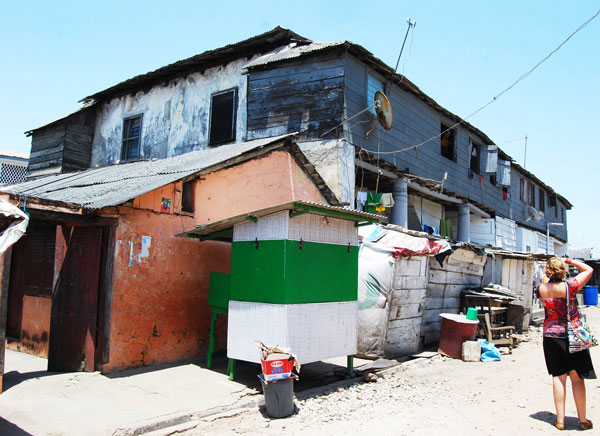
Figure 3. Former slaveholding site now a family compound, James Town, Accra.
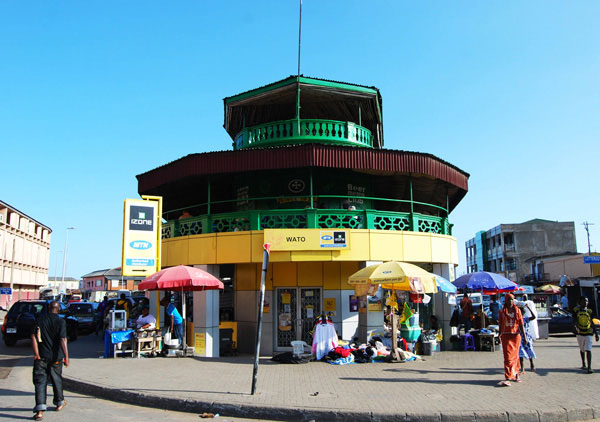
Figure 4. Wato Club, Ussher Town, Accra.
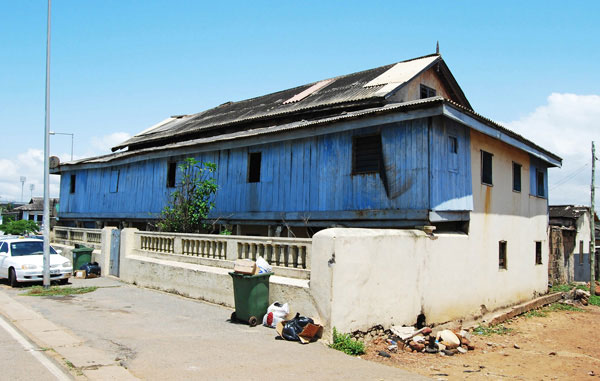
Figure 5. Structure near Christiansborg (Osu) Castle, Osu, Accra.
Amarteifio rode us through the distinct neighborhoods of the city. The remnants of the British (James Town), Dutch (Ussher Town) and Danish (Osu) settlements were fascinating. These neighborhoods have controversial histories and create an urban fabric that is entrenched in, and inseparable from, the fabric of contemporary Accra. One finds within the neighborhoods buildings of fine and unique architectural stock hidden within plain sight.
These buildings are inextricably tied to the Transatlantic Slave Trade, as is much of the history of the former Gold Coast. Aaron Kofi Badu Yankholmes, a doctoral student of hotel and tourism management at Hong Kong Polytechnic University conducted a series of surveys after 2009 and found that most residents of Danish Osu knew about the history of the slave trade in their neighborhood, and supported large scale tourism efforts around that heritage.
I toured James Town with Nii Teiko Tagoe, project director of the Ga Mashie Development Agency (GAMADA). Ga Mashie, the area originally inhabited by the Ga people, then successfully settled by British (James Town) and Dutch (Ussher Town), is the oldest portion of Accra. The labyrinthine residential fabric of James Town reminded me of the hutong complexes I saw over a decade ago in Beijing. The double-story compound house is the dominant structure type in the area. According to a report of the Millennium Cities Initiative (MCI):
Very often these houses are arranged into clusters connected to each other via alleyways. From the aerial viewpoint, the buildings appear scattered and unplanned… the Gas’ style of cluster home design came about as a result of the frequent slave raids during the era of slave-trading. Since most of the structures were built over 80 years ago and have been passed on by, and to, generations of family members, the most common form of home ownership is a communal one, by the extended family.3
James Town was once one of the richest portions of the city because its residents were allied with the British. Today, however, it is one of the poorest and most neglected neighborhoods. The move of port activity from James Town to Tema negatively affected the fishermen who had worked in the area for centuries.
The Millennium Cities Initiative is a project by the Earth Institute of Columbia University to “help selected, under-resourced municipalities across sub-Saharan Africa eradicate searing urban poverty and attain the Millennium Development Goals (MDGs).”4 The preliminary research conducted under this initiative in the Ga Mashie area of James Town focuses on:
Identify[ing] and develop[ing] urban and economic development interventions that can help create a balanced plan that both preserves the unique Ga Mashie cultural heritage and character, while revitalizing the area’s local economy, in particular, tourism development and social entrepreneurship in the “informal sector.” 5
The report includes the “identification of 150 buildings deemed to be of historical importance.”6 A formal plan is being developed to stabilize and preserve these structures.
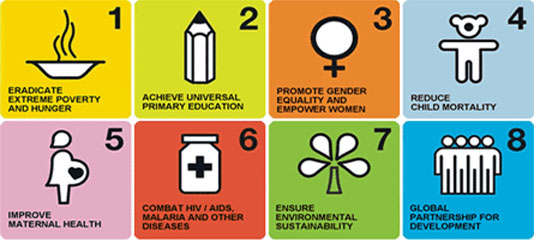
Figure 6. Millennium Development Goals.
Tagoe discussed his work in the area, highlighting housing needs and tasks for urban revitalization. Some of the biggest challenges facing the area are lack of adequate sanitation and the related public health problems, lack of open green space, and the pressure of overpopulation coupled with a housing crisis. The housing crisis is due to the unaffordability of new construction, but also derives from the age-old tradition of generations and branches of families living within one single compound. This situation has been exacerbated by high poverty rates, and the need of families to supplement resources by taking in ever increasing numbers of family members. The GAMADA has worked to alleviate some of these issues by strategically paving roads, planting trees, and supplying plastic buckets for sanitation needs. Large scale projects such as the construction of more housing has been stalled due to a lack of monetary resources, but Tagoe – born and raised in James Town – is both optimistic and tireless in his efforts to improve living conditions in the neighborhood.
One part of this puzzle is the promotion of cultural heritage and the arts in James Town. GAMADA has co-sponsored a number of festivals in the area such as the Chale Wote street art festival and Kpanlogo Musical Fiesta. The Chale Wote festival:
Re-imagines African folktales through a variety of art forms - graffiti murals, large photography displays, interactive art installations, live street performances, extreme sports stunting, an African film festival, a fashion parade, a DJ jam block party, beach music concert, fashion and food marketplace.”7
These efforts bring outside interest and investment to the area, while highlighting the cultural power of the past and the present in the neighborhood. Granted, many of the urban interventions are ephemeral, however, the renewed public and international interest in the neighborhood aids the efforts in local promotion and social entrepreneurship.
Cape Coast
The centuries-old legacy of slavery and its effects were ever-present in the urban fabric of Accra. Slavery is also the basis of heritage tourism along the Cape Coast, where Elmina Castle and Cape Coast Castle, designated UNESCO World Heritage sites, are the center of tourism interests in the region. Twenty years ago UNESCO developed the Slave Route Project with three main objectives:
- Contribute to a better understanding of the causes, forms of operation, issues and consequences of slavery in the world (Africa, Europe, the Americas, the Caribbean, the Indian Ocean, Middle East and Asia);
- Highlight the global transformations and cultural interactions that have resulted from this history; and
- Contribute to a culture of peace by promoting reflection on cultural pluralism, intercultural dialogue and the construction of new identities and citizenships.8
In 2007 the Ghana Ministry of Tourism launched the Joseph Project, an initiative to coincide with the Golden Jubilee celebration of independence and the bicentennial of the abolition of the slave trade in the British Empire. These projects and their respective sites build on the idea of “roots tourism,” and the Joseph Project in particular meant to attract members of the African diaspora (and particularly African Americans with American dollars to spend) searching for cultural linkage backs to Ghana. These projects, however, are not without critique of their effectiveness and intended audience.
Despite various motives and missions, these projects have a fundamental concept in common – that the Transatlantic Slave Trade was a major global phenomenon, linking the “old” and “new” worlds. As landscape architect and historian Kwesi J. Degraft-Hanson notes, “Atlantic slavery involved many people and places in Europe, Africa and the Americas.”9 He describes the concept of a “landscape of slavery” as:
Places that were significantly impacted by Atlantic slavery. It includes European ports like Lisbon, Liverpool, Nantes and Copenhagen, where ships were outfitted for the trade, and the forts, castles and communities in the interior or along the African coast that were slaves’ point of origin or holding areas. It also describes destination coasts, warehouses, slave marts and plantations where slaves were taken in the Americas.10
The immense breadth and depth of the landscape of slavery is evident in the number of current and tentative World Heritage Sites that UNESCO identifies as related to the slave trade through the Slave Route Project. Fourteen sites are inscribed to the World Heritage List for criteria directly related to slavery. These include the forts and castles of Ghana, as well as the Statue of Liberty. Twenty-eight sites are linked to slavery and slave routes but are not inscribed for that criterion. Independence Hall, Monticello, and the University of Virginia are included on that list. Finally, thirty-eight tentative sites for inclusion on the list are related to slavery and slave routes. These include places linked to sugar production in the Caribbean, as well as churches and forts in Africa.
Tourism scholars Rasul A. Mowatt and H. Charles Chancellor argue in their article “Visiting Death and Life: Dark Tourism and Slave Castles,” that this method of tourism promotion relies on constructed memories, “real and imagined pasts.” This shared past develops a worldview that is “stretched across nationalities and has created a super transnational identity.”11 The conflation of identity as described in the article, however, it is a bit too idealistic and romanticized. Mowatt and Chancellor argue, “Subtle ethnic differences between Africans and individuals of African descent born in the Americas and the Caribbean are virtually washed away at Slave Castles.”12
I beg to differ, as my personal experiences at Cape Coast and Elmina castles have proven otherwise. The educational systems of various countries treat the topic of slavery in exceedingly different ways. This was markedly clear on my tour of Elmina Castle. Led by a native Ghanaian, the tour included myself – an African-American descendant of slaves; my good friend of African-American and Ghanaian descent; her boyfriend, born in Ireland and raised in the United States; a Zimbabwean, and a Ghanaian. The types of questions asked by each tourist and the topics covered by the tour guide indicated that there was no universal understanding or structure of feeling regarding the site. Additionally, each person’s physical presence within the castle was particularly revealing. I observed how some people lingered in specific spaces longer than others, and whether they touched the building to feel the cold, harsh realities of the walls. Some people felt comfortable taking pictures of themselves in slave dungeons and by the Door of No Return. I did not, and neither did my American compatriots. I was more comfortable taking pictures of the structures and discreet documentary pictures of my friends touring the castles than taking pictures of myself in the structures. This was, for me, a very telling difference – I felt I would dishonor my ancestors with a selfie or a Facebook profile pic. This was not the case for all on the tour. In writing this expository I, in no means, aim to judge. I just want to illustrate the marked difference of experience and relationship to the structures themselves that I witnessed between members of various nationalities.
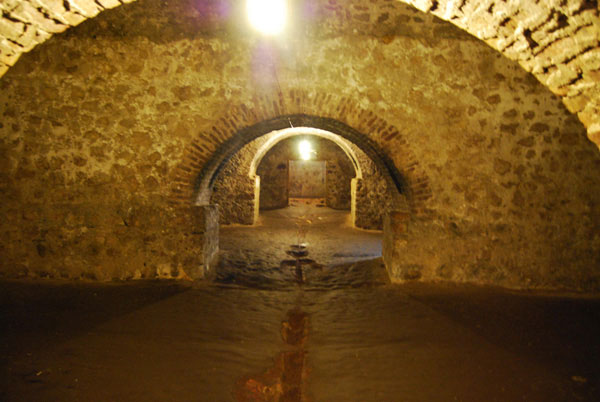
Figure 7. Male dungeons with evidence of blood, urine, defecation, and vomit still caked onto the ground. Cape Coast Castle.
This discussion leads to another topic – interpretations and uses of fort in contemporary times. The tours at the castles are aimed at creating both a cerebral and emotional response. Museum displays in Cape Coast Castle include slave shackles and branding equipment. Floors in the dungeon still contain stains from blood, urine, defecation, and vomit. Even with these in-your-face tactics, however, criticism has emerged about the decision to paint the castles white. Critics argue that by doing so, site curators have literally “white-washed” and sanitized an otherwise gruesome history. I would have to disagree with that sentiment, based on the fact that so many other interpretive modes in the spaces work in the opposite manner.

Figure 8. The tour guide turned the lights off in a male dungeon of Cape Coast Castle to give a better sense of the environmental conditions of bondage.
There are over 40 extant slave forts and castles throughout Ghana, and these buildings have been in use almost consistently since their construction. Some had been converted to prisons, some housed schools, and others have been the bases of governmental and municipal functions in post-colonial and post-independence times. The first slave fort I visited in Ghana was actually Fort Good Hope on the outskirts of Senya Beraku. I visited on a Sunday. The doors were wide open, music was blasting out the store on the first floor, and my friends and I purchased beers and explored the structure. There was a nice patio set up above the store, so we sat and talked a bit. The fort also served as a guesthouse, so we walked by various rooms that housed visitors, international and domestic alike. The whole time I was there, marveling at the structure, I had no idea I was in a former slave fort. I assumed it was simply a military structure meant for the protection of a settlement. My experience there was decidedly different from my later trips to Elmina and Cape Coast Castle. When I realized my mistake weeks later, I felt ashamed because I did not have the same “appropriate” emotive response to the structure.
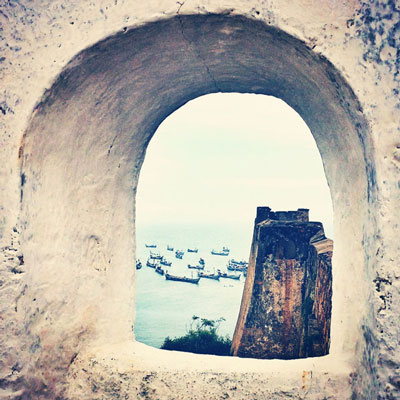
Figure 9. View of the fishing boats in the Gulf of Guinea from Fort Good Hope.
How could I visit a fort that formerly held slaves and not know it? Fort Good Hope was light on interpretation and heavy on contemporary use. This is the case for many of the slave forts that have a primary function besides diasporic tourism. As historian Elizabeth Macgonagle explains:
Whether dungeons in less well-known forts under the shadow of Elmina hold crates of beer and a television, as is the case at Senya Beraku, or two children’s bikes, such as at Axim, the shifting use of these spaces reflects a wider historical view beyond the slave trade. Ghanaians demonstrate their preoccupation with the present and their designs for the future through the changing use of the forts. They do not appear to dwell on histories of slavery, for more pressing contemporary needs are evident.13
Fort Good Hope is a guesthouse, contains a store, and hosts parties and other special celebrations. It is one of the grandest edifices in the immediate region. As such, its function rests within its contemporary use, one that does not emphasize its torturous past.
Modern and Contemporary Ghanaian Architecture
One thing that pleasantly surprised me during my time in Ghana was the profusion of “contemporary vernaculars.” While walking through James Town I happened upon a number of tribal chief house and palaces. These spectacularly rich buildings are places of administrative, cultural, and social importance. Many are large and extremely colorful so they stand out amongst the other structures in the area. The Ngleshie Alata Mantse Palace of “Jamestown British Accra” as the façade indicates, is replete with images of traditional regal Ghanaian ceremonies and European military prowess. The low-relief sculpture is emotive and festive.
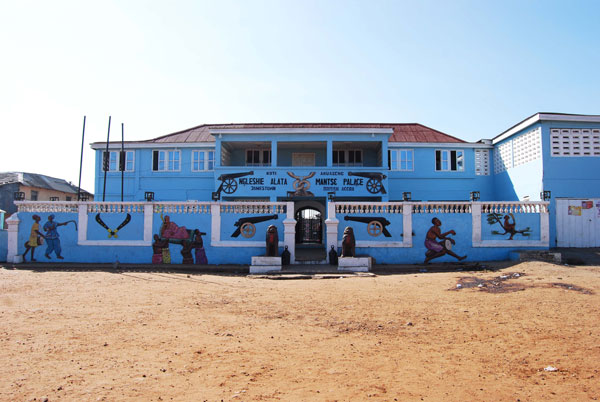
Figure 10. Ngleshie Alata Mantse Palace, James Town, Accra.
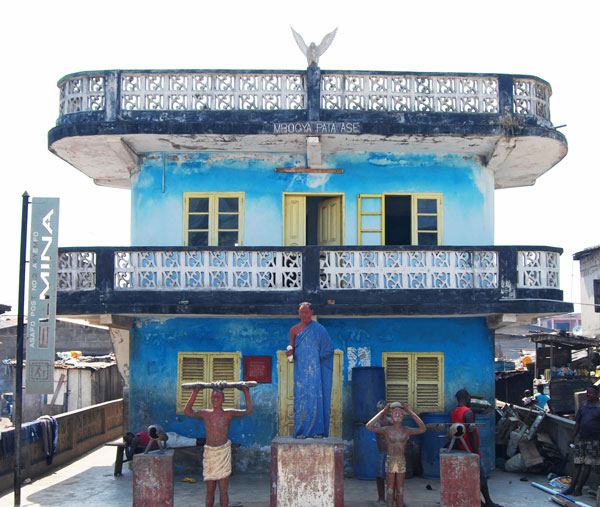
Figure 11. Asafo posuban shrine, Elmina.
Another fascinating contemporary vernacular practice was the erection of the Posuban shrines by various Fante military companies (asafo). These military organizations have histories that pre-date colonial times, however, they changed their purpose to social and civic interests in the face of European military occupation. The Fante military companies have rich dance and flag-making traditions in addition to the manifestation of their power and influence in built form. The origin and evolution of the shrines are well-documented in splendid detail by curator and scholar of West African art Doran H. Ross in the article “‘Come and Try:’ Towards a History of Fante Military Shrines.” Ross describes the eclectic nature of the architectural design as influenced by “a mix of European fortifications, local funerary art, naval architecture, Christian church-building traditions, and indigenous religious practices.14 Today the shrines serve as meeting places where celebrations occur and business is conducted.
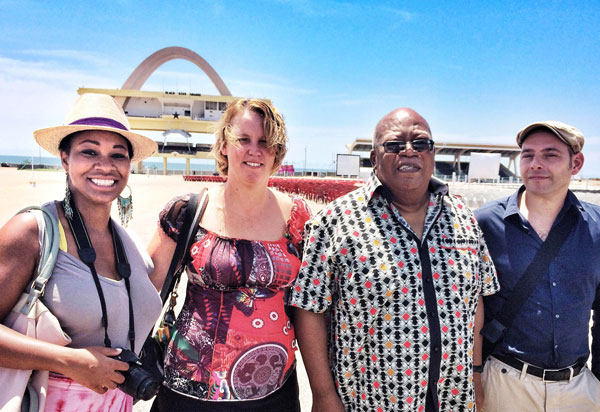
Figure 12. Independence Arch with former Accra mayor and architectural historian Nat Nuno-Amarteifio and representatives of the DOEN Foundation.
Significant architecture was constructed in Accra to monumentalize Ghana’s important position as the first independent Sub-Saharan nation of Africa. Art historian Janet Berry Hess argues that Kwame Nkrumah adopted a version of the International Style that would “construct community” in the newly independent nation as a “means of managing a heterogeneous cultural environment.15 During the mid-twentieth century the country experienced a boom in tropical regional modernist designs. Architects such as Maxwell Fry, Jane Drew, and Harry Weese were active in this wave of design. Numerous articles in DOCOMOMO Journal 28 Modern Heritage in Africa highlight this movement.
As an African-American it was important for me to pay homage to the final resting place of W. E. B. Du Bois and understand Ghana’s appeal to black intelligentsia such as Du Bois, Richard Wright, and Maya Angelou in the mid-twentieth century. This call also pulled renowned African-American architect J. Max Bond, Jr. to work in Ghana, where he designed the Bolgatanga Library.
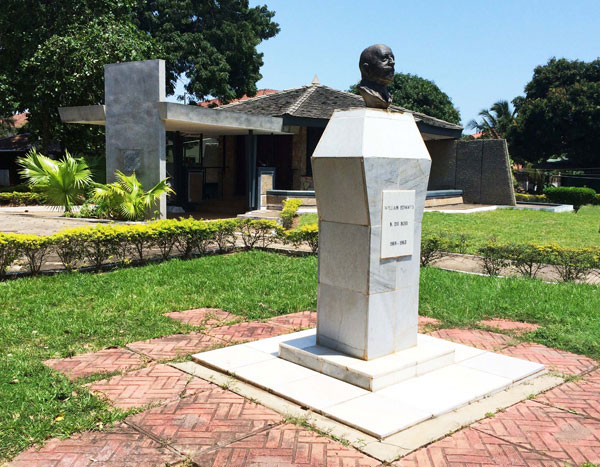
Figure 13. W. E. B. Du Bois Mausoleum, Accra.
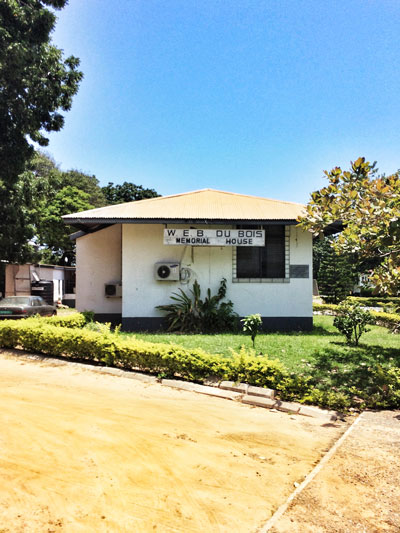
Figure 14. W. E. B. Du Bois Memorial House, Accra.
As Hess notes:
The DuBois Center – which encompasses the former home and mausoleum of the Pan-Africanist and African American activist DuBois -expresses in its modern architectural form, its dedication text, and its installations lauding the achievements of both DuBois and Nkrumah a merging of idealism and architectural modernity.16
Architectural modernism provided the tabula rasa from whence Ghana could exert its new independence and present itself to the world as a modern African nation. The establishment of the College of Architecture and Planning at the Kwame Nkrumah University of Science and Technology (KNUST) in 1957 helped to further those ideals.
Cultural Capital
One can begin to understand how the flow of capital affects architectural construction – whether it is a trade pilgrimage route of northwestern Ghana that gave rise to a networks of mosques in the region in pre-colonial times; British, Danish, and Dutch capital that formed distinct neighborhoods in Accra and a network of forts along the coast in colonial Ghana; or Chinese capital in post-colonial Ghana that supplies construction needs and financed the erection of the National Theatre. Scholar Lloyd G. Adu Amoah notes, “The very visible and undisguised presence of China’s architectural signature in Accra represents in style and concrete a contemporary fortress-like expression of China’s attempt at constructing a soft imperium in Africa.” He continues:
This construction of China’s ‘soft power’ seems to be directed at two publics. The first public is the government and the people of Ghana for whom the message is growing Chinese fraternity, benevolence and influence. The other public is China’s geo-strategic political and economic competitors in Ghana and Africa: for them, the message is that China has become a force to reckon with.17
One has to question historical paradigms framing Ghana’s past and present only in terms of its relationship to colonialism and foreign capitalist expansion. Ghanaian agency is often overlooked in these types of narrative. The discussion moves from architecture and economics to political realities and aspirations. How can we begin to talk about the position of the country in the twenty-first century in ways that take into account other historical, cultural, or social paradigms? How can architecture, design, and cultural heritage help shape the country’s narrative in contemporary times?
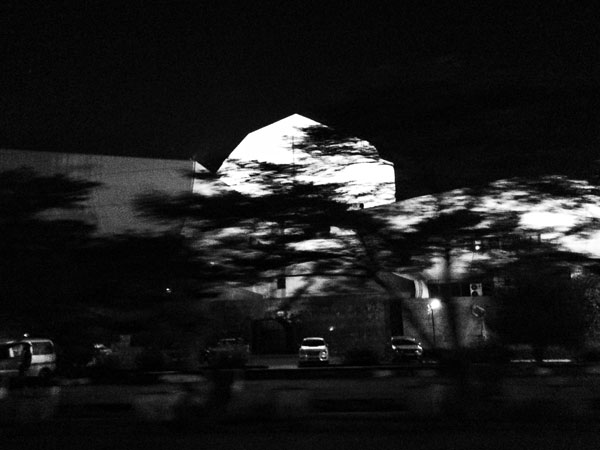
Figure 15. National Theatre of Ghana financed by China and designed by Chinese architect Cheng Taining.
One organization that is taking up this charge is ArchiAfrika. ArchiAfrika is a self-described “design-based ‘community’ based in- and inspired by- Africa! We are architects, artists, musicians, writers, film makers and creative people who through their work, chronicle the ‘African condition.’”18
The organization works to “promote design strategies developed within the continent that address the challenges of our future and engage the next generation of professionals in this critical dialogue.”19 The organization is pan-Africanist and international, with board members in Ghana, Morocco, South Africa, Nigeria, the United Kingdom, and the Netherlands. ArchiAfrika hosts speaker series and conferences, promotes an educational network across various African universities of design, and produces a magazine. ArchiAfrika is well-positioned to lead the charge of highlighting and safeguarding the diverse cultural heritage of Ghana and promoting current Ghanaian architects, but the vision is much bigger and encompasses an ideal of pan-African unity, showing there is strength in numbers.1 Full disclosure: I have worked in Yale alumni affairs for over six years in various capacities, so it is particularly exciting to see how the groundwork has been laid by Yale alumni in Ghana.
2 Conversation with Amarteifio on October 7, 2014.
3 Abibata Shanni Mahama, Ama Twumwaa Acheampong, Oti Boateng Peprah, and Yaw Agyeman Boafo, “Preliminary Report for Ga Mashie: Urban Design Lab. Millennium Cities Initiative (MCI) The Earth Institute at Columbia University Spring 2011, 7.
4 Millennium Cities Initiative, “About,” http://mci.ei.columbia.edu/about/
5 Mahama et al., vi.
6 Ibid., 27.
7 Accra Expat.com, “Chale Wote,” http://www.accraexpat.com/events/?story=581&type=event
8 UNESCO, “The Slave Route,” http://www.unesco.org/new/en/culture/themes/dialogue/the-slave-route/
9 Kwesi J. Degraft-Hanson, “The Cultural Landscape of Slavery at Kormantsin, Ghana,” Landscape Research 30 no. 4 (2005): 461.
10 Ibid.
11 Rasul A. Mowatt and H. Charles Chancellor, “Visiting Death and Life: Dark Tourism and Slave Castles,” Annals of Tourism Research 38 no. 4 (2011): 1414.
12 Mowatt and Chancellor, 1415.
13 Elizabeth Macgonagle, “From Dungeons to Dance Parties: Contested Histories of Ghana's Slave Forts,” Journal of Contemporary African Studies 24 no. 2, (2006): 251.
14 Doran H. Ross, “‘Come and Try:’ Towards a History of Fante Military Shrines,” African Arts 40 no. 3 (Autumn 2007): 23.
15 Janet Berry Hess, “Imagining Architecture: The Structure of Nationalism in Accra, Ghana,” Africa Today 47 no. 2 (Spring 2000): 42, 45.
16 Hess, 54.
17 Lloyd G. Adu Amoah, “China, Architecture and Ghana’s Spaces: Concrete Signs of a Soft Chinese Imperium?” Journal of Asian and African Studies (2014): 1, 2
18 ArchiAfrika, “About Us,” http://www.archiafrika.org/about-us/
19 Ibid.
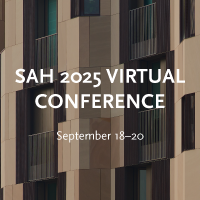
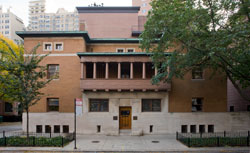
Leave a commentOrder by
Newest on top Oldest on top